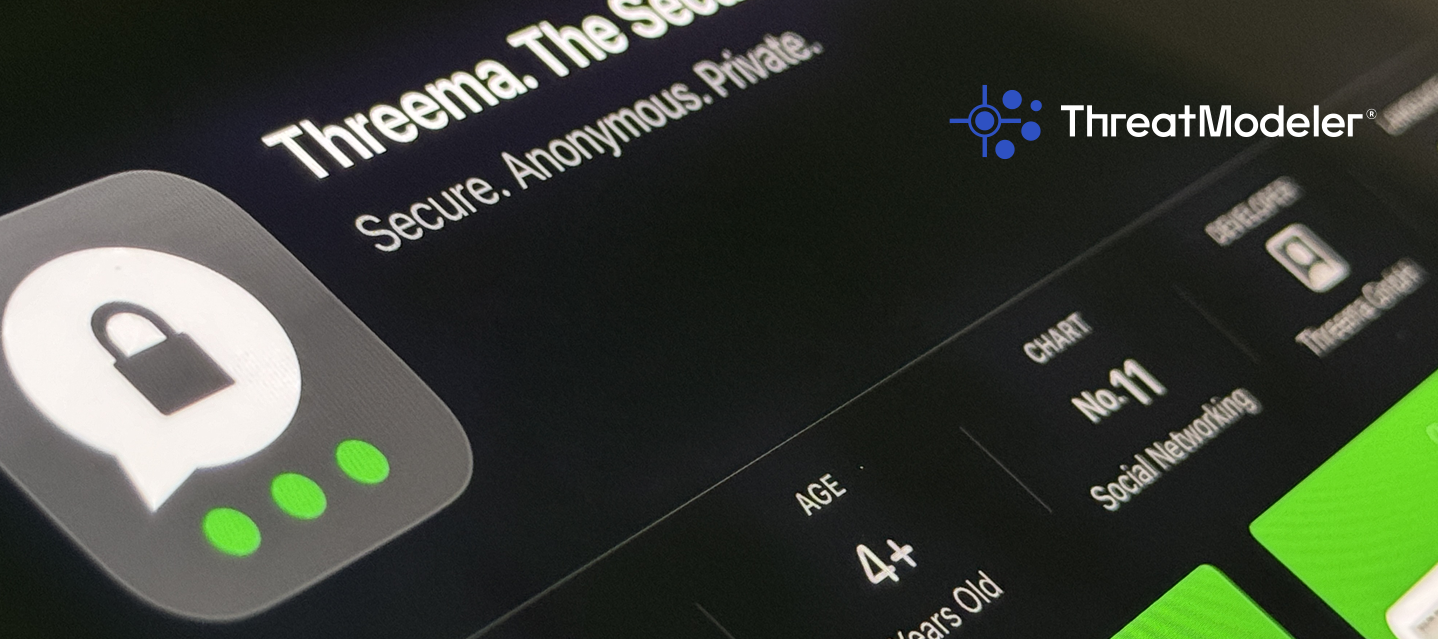Is Your Privacy at Risk? The Shocking Truth About Threema's Security!
Threema, the trusted messenger of over ten million users, has been thrust into the spotlight for all the wrong reasons. A team of Swiss computer scientists from ETH Zurich has exposed not one, not two, but a staggering seven security flaws within this once-untouchable fortress of privacy.
In a high-stakes showdown between these researchers and Threema's developers, the vulnerabilities are laid bare. Join us on a journey through the heart of this digital storm as we unveil these critical issues and shine a spotlight on the game-changing power of threat modeling. Your messaging app might not be as secure as you think – and we've got the answers you need to protect your data!"
The Threema Security Flaws:
- Forward Security and Post-Compromise Security Absence: Threema lacked both forward security, which prevents decryption of past data even after a compromise, and post-compromise security, which can restore security after an attack. These omissions left users exposed to potential breaches
- Bespoke Encryption Technologies: Threema's use of custom encryption technologies, such as the client-to-server (C2S) protocol with ephemeral keys, was intended to enhance security. However, a critical flaw allowed attackers to impersonate a client indefinitely by compromising a single ephemeral key, highlighting the pitfalls of developing proprietary encryption methods.
Implications.:
User Trust: Security flaws in messaging apps can erode user trust. Threema's vulnerabilities raised concerns among its 10 million users, including high-profile individuals and government entities. This can lead to a loss of users and damage the reputation of the app.
Security Research: Security researchers play a crucial role in identifying and mitigating vulnerabilities in digital systems. Threema's response to the researchers' findings highlights the need for a more collaborative and constructive approach to addressing security issues.
The Importance of Threat Modeling: Threat modeling is an indispensable tool in the development of secure messaging apps. It can help developers proactively identify and address vulnerabilities, ensuring that user data remains protected.
Third-Party Assessment: As suggested by the security community, it is essential for developers to welcome third-party assessments of their security measures. This impartial evaluation can help identify blind spots and improve the overall security of an application.
Threat modeling can be a powerful tool to help prevent security flaws in messaging apps like Threema. Here are several ways in which threat modeling can contribute to enhancing the security of such applications
#Mitigation Strategies: Threat modeling provides a structured framework for developing mitigation strategies. Developers can use this information to make informed decisions about implementing security measures, such as encryption, access controls, and authentication mechanisms.
#Testing Scenarios: Threat modeling can be used to create realistic threat scenarios that simulate how attackers might exploit vulnerabilities. By testing these scenarios, developers can validate the effectiveness of their security measures and make necessary adjustments.
#Communication and Collaboration: Threat modeling encourages collaboration between developers, security experts, and stakeholders. This multidisciplinary approach ensures that security considerations are integrated into the entire development process.
#Secure Design: Threat modeling is most effective when implemented during the design phase of an application. By integrating security considerations early in the development lifecycle, security becomes an inherent part of the application's architecture.
#Compliance and Regulation: Many industries and regions have specific security compliance and regulatory requirements. Threat modeling helps in ensuring that an application complies with these standards and regulations, reducing legal and financial risks.
Your digital conversations are worth protecting, and the power of threat modeling can help you achieve just that. Explore this game-changing tool and take the first step towards fortifying your messaging app's security. Our call to action is clear: discover how threat modeling can safeguard your digital conversations. Read on, and empower yourself to protect what matters most in an increasingly interconnected world.
Explore the power of threat modeling with ThreatModeler!



